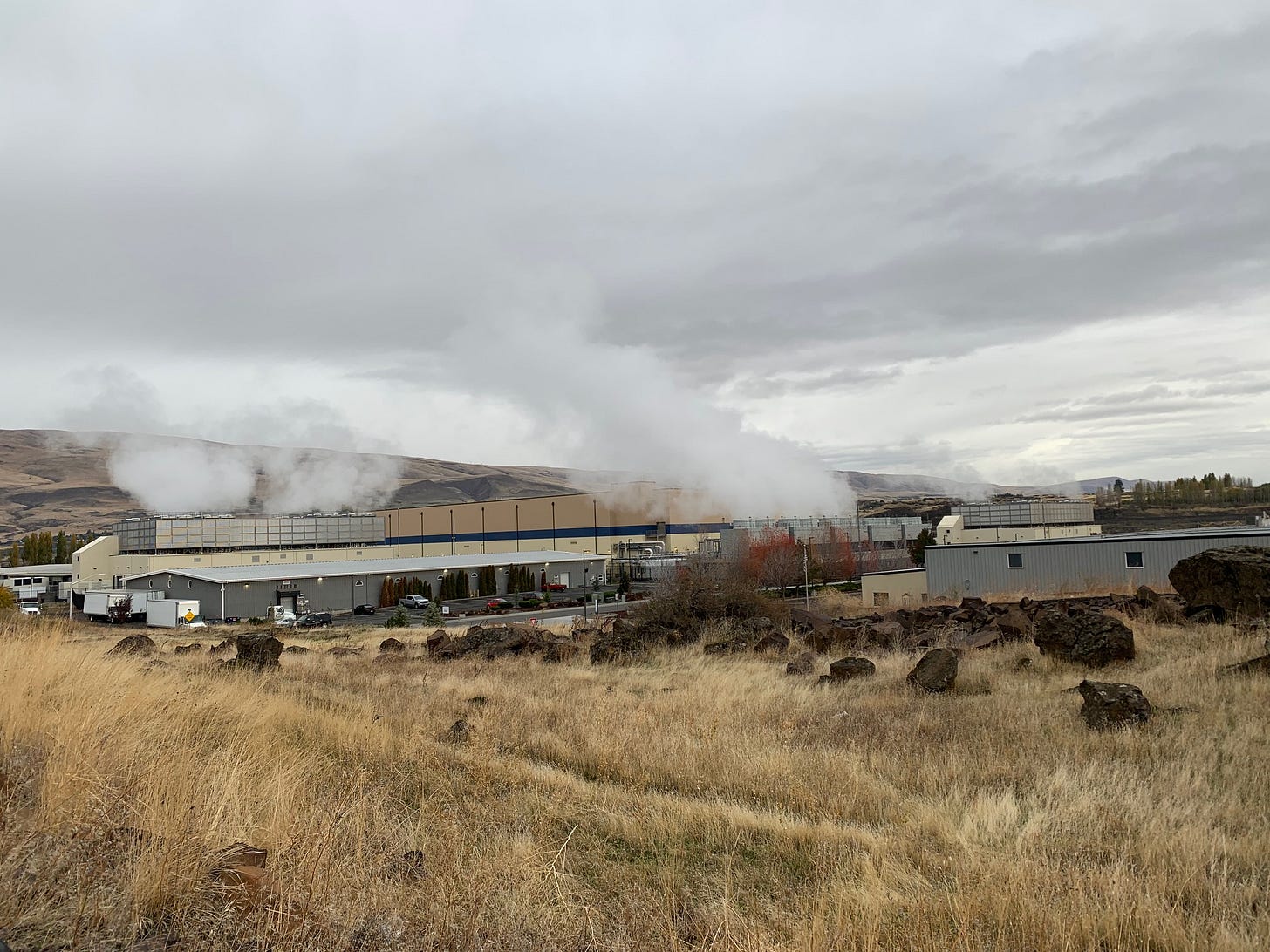AI Data Centers: 3x Demand, Billion-Dollar Projects, New Energy Sources
Infrastructure is struggling to keep up, according to one expert source — an AI model
Welcome to the Cloud Database Report. I’m John Foley, a long-time tech journalist who has also worked in strategic comms at Oracle, IBM, and MongoDB. Now I’m an independent tech writer. Connect with me on LinkedIn.


